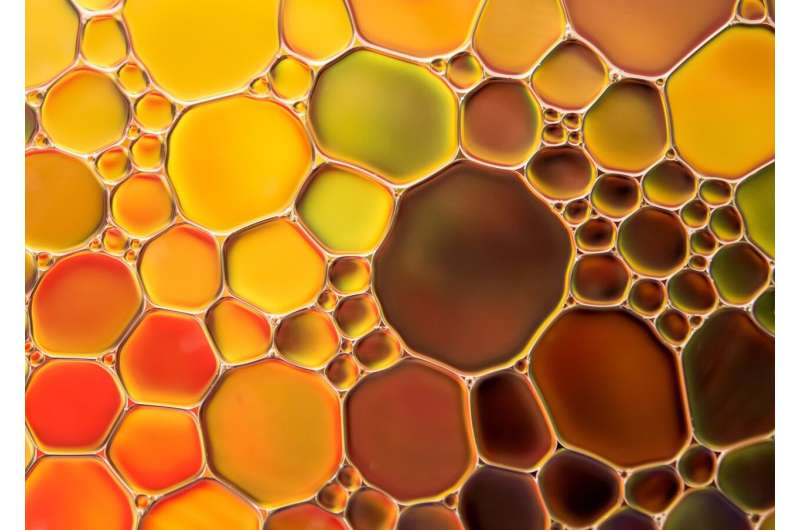This article has been reviewed according to Science X's editorial process and policies. Editors have highlighted the following attributes while ensuring the content's credibility:
fact-checked
proofread
Lipiodol: From intrusion until exile from the tumor microenvironment

An editorial paper has been published in Oncoscience titled, "Lipiodol: from intrusion until exile from the tumor microenvironment."
In this new editorial, researchers Sheena Anand, Jean-François Geschwind, Vahid Etezadi, and Nariman Nezami from the University of Maryland discuss lipiodol, or ethiodized oil. Lipiodol, extracted from poppyseed oil, is a transparent straw-colored oil which sinks when combined with water. Lipiodol does not dissolve when combined with aqueous solutions and can be iodinated with I131, thus making the compound both imageable and therapeutic.
"The radiopacity of lipiodol originates from its iodine content," write the authors.
Discovered in 1901 by Marcel Guerbet, lipiodol became one of the first contrast agents used in radiology in the 1920s and has since mostly been used for hysterosalpingography.
The first utilization of lipiodol for conventional transarterial chemoembolization (cTACE) dates to the 1980s in Japan where it was combined with chemotherapeutic agents to treat patients with hepatocellular carcinoma (HCC), because lipiodol was found to be cleared more slowly from cancer cells than from the healthy liver parenchyma, thereby allowing the emulsion of chemotherapy-lipiodol to remain for a longer period of time within the HCC tumor.
Despite widespread diagnostic and therapeutic application of lipiodol, the mechanism of its prolonged retention in hepatic tumors is not well understood.
"In this study, responders to cTACE had slower lipiodol washout, which could reflect successful embolization of the tumor and slower blood flow to the tumor area and therefore slower washout, or it could represent different vascularity patterns in the responders," the researchers write.
More information: Sheena Anand et al, Lipiodol: from intrusion until exile from the tumor microenvironment, Oncoscience (2023). DOI: 10.18632/oncoscience.584

















